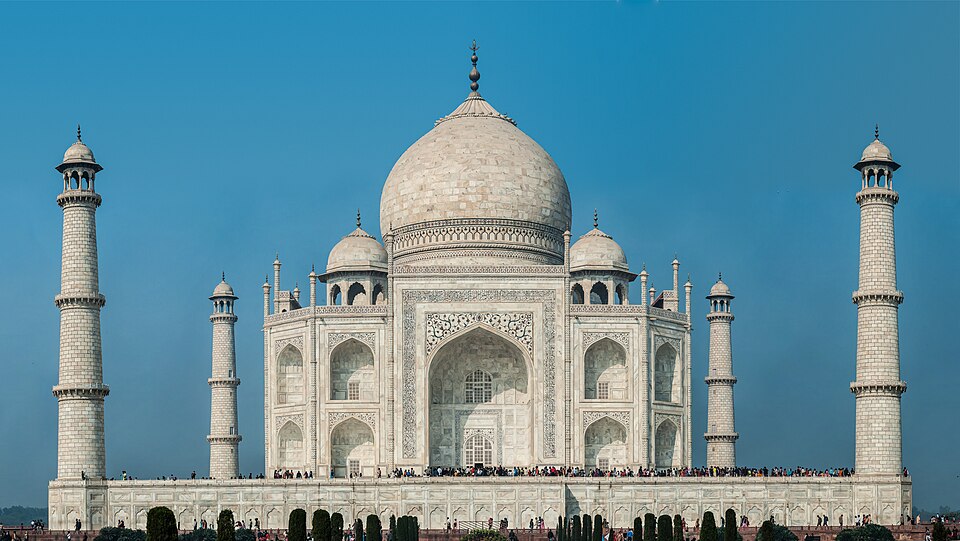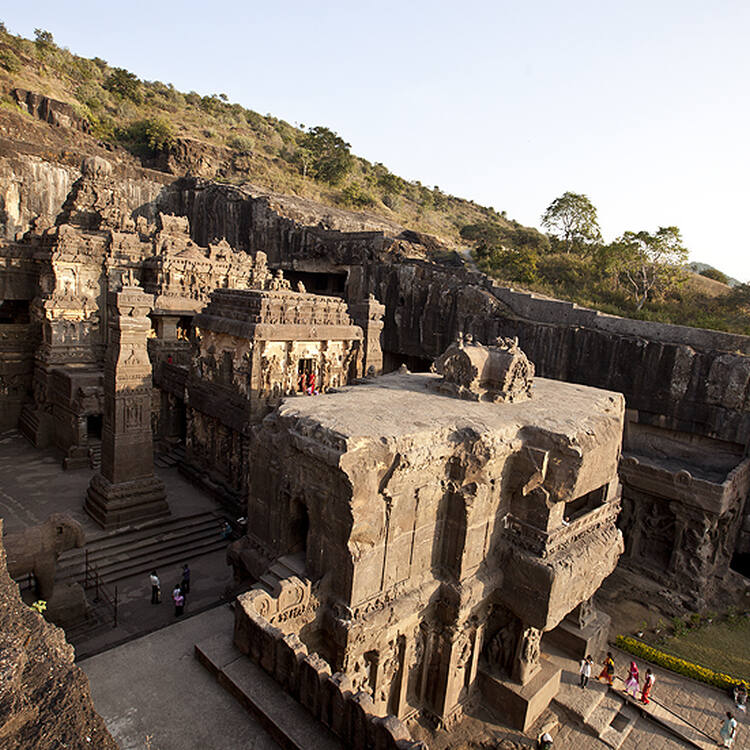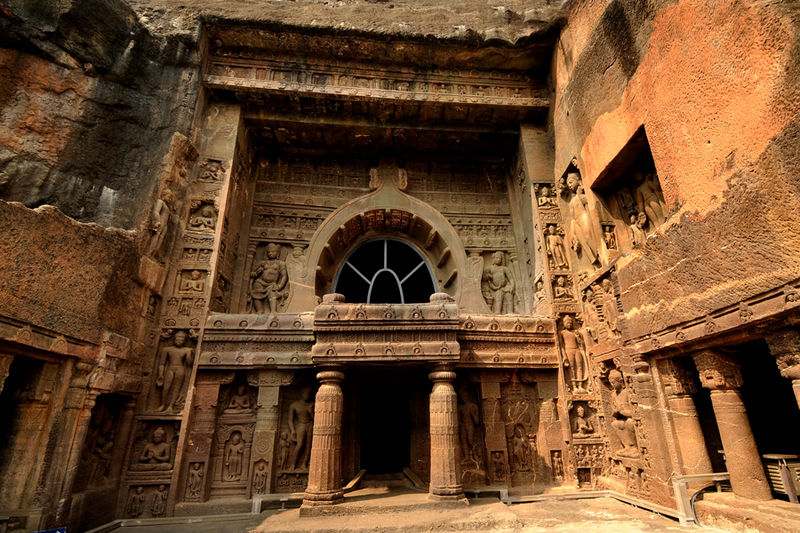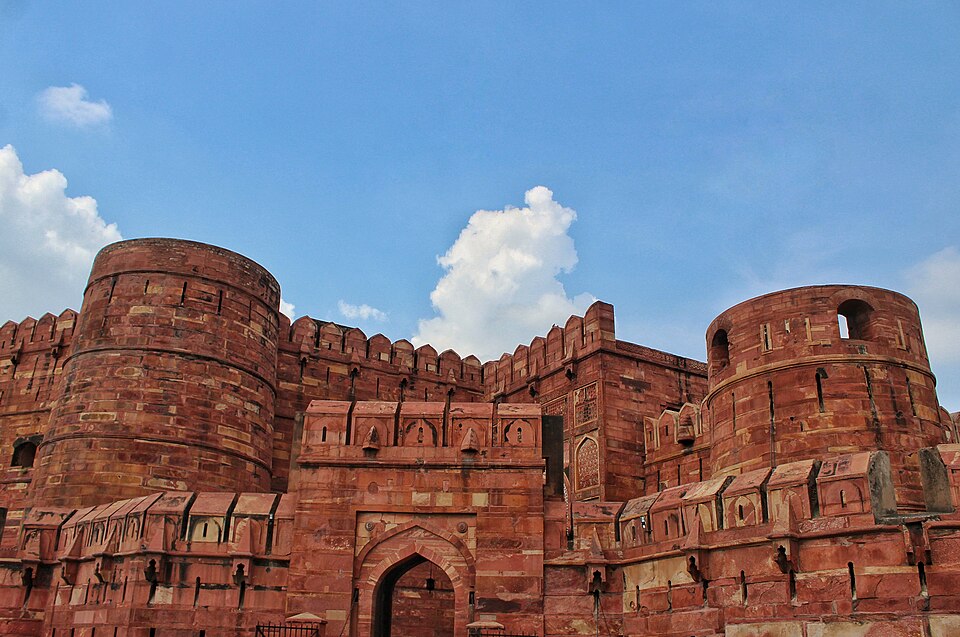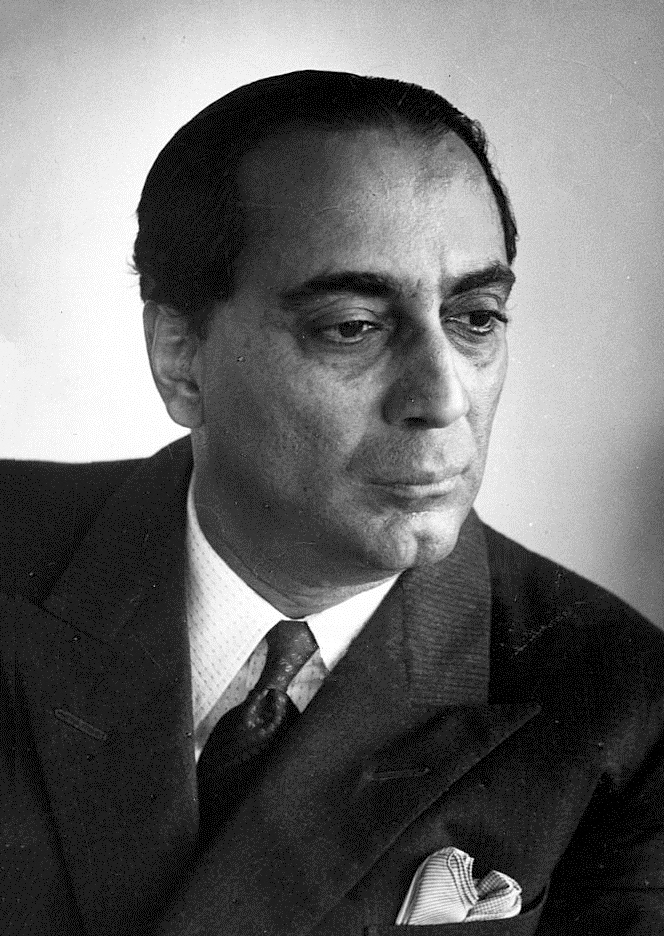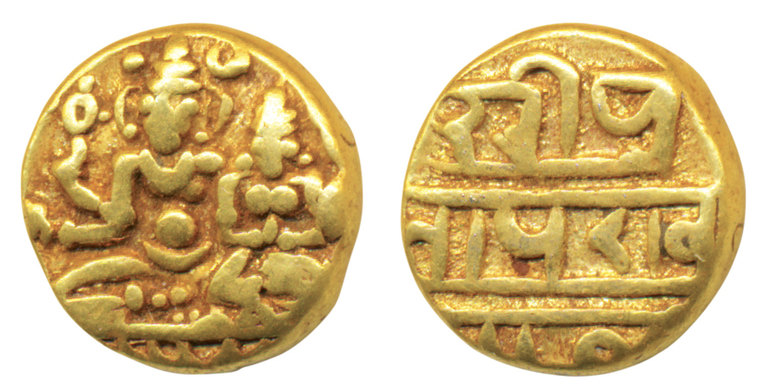Art and Culture
UNESCO Sites in India: Sun Temple, Konârak (1984)
Location: Konârak, Odisha, India. Built By: King Narasimhadeva I of the Eastern Ganga Dynasty. Construction Period: 13th century (circa 1250 CE). Architectural Style: Kalinga architecture. Design: The temple is designed as a colossal chariot of the Sun God (Surya), pulled … Continue reading
UNESCO Sites in India: Taj Mahal (1983)
Location: Agra, Uttar Pradesh, India. Built By: Mughal Emperor Shah Jahan. Construction Period: 1632–1653. Architectural Style: Mughal architecture with Persian, Islamic, and Indian influences Material Used: Constructed entirely of white Makrana marble.
UNESCO Sites in India: Ellora Caves (1983)
Location: 100 km away from Ajanta caves in the Sahyadri range of Maharashtra. Number of Caves: It is a group of 34 caves – 17 Brahmanical, 12 Buddhist, and 5 Jain. Associated Dynasty: The Hindu and Buddhist Caves were predominantly … Continue reading
UNESCO Sites in India: Ajanta Caves (1983)
Location: Ajanta is a series of rock-cut caves in the Sahyadri ranges (Western Ghats) near Aurangabad in Maharashtra. Associated River: Waghora river. Number of Caves: There are a total of 29 caves (all Buddhist) of which 25 were used as … Continue reading
UNESCO Sites in India: Agra Fort (1983)
Location: Agra, Uttar Pradesh, India. Built By: Emperor Akbar in 1565 CE. Architectural Style: Mughal architecture with a mix of Islamic and Hindu influences. Material: Used : Primarily constructed with red sandstone, with later additions by Shah Jahan in white … Continue reading
Science and Technology Through the Ages: Modern India
Srinivas Ramanujan (1887-1920) India’s greatest mathematical genius was born in Tamil Nadu on 22 December 1887. In 1911, he published a brilliant research paper on Bernoulli Numbers. He was the second Indian to be elected Fellow of the Royal Society … Continue reading
Science and Technology Through the Ages: Medieval India
Field of Mathematics Narayana Pandit: Well known for his works in Mathematics – Ganitakaumudi and Bijaganitavatamsa. Gangadhara, in Gujarat, wrote Lilavati Karamdipika, Suddhantadipika, and Lilavati Vyakhya. Nilakantha Somasutvan: Produced Tantrasamgraha, which also contains rules of trigonometrical functions. Ganesa Daivajna: Produced … Continue reading
Science and Technology Through the Ages: Ancient India
Fields of Mathematics & Astronomy Baudhayan Baudhayan was the first one ever to arrive at several concepts in Mathematics, which were later rediscovered by the Western world. The value of pi was first calculated by him. Aryabhatta Aryabhatta was a … Continue reading
Indian Mathematicians of Ancient Times and Their Contributions
Baudhayan: In the first millennium BCE, he wrote the Sulva-Sutra, which includes various trigonometric formulas, including the one for determining the area of a triangle (later known as the Pythagoras theorem), the value of pi, and the square root of … Continue reading
Vijayanagara Empire Coins
The Vijayanagara Empire (14th–17th century CE) issued large quantities of gold coins; other metals used in their coinage were pure silver and copper. Pagodas – higher denomination –figure of running warrior along with dagger symbol Gold fanams – fractional units … Continue reading


